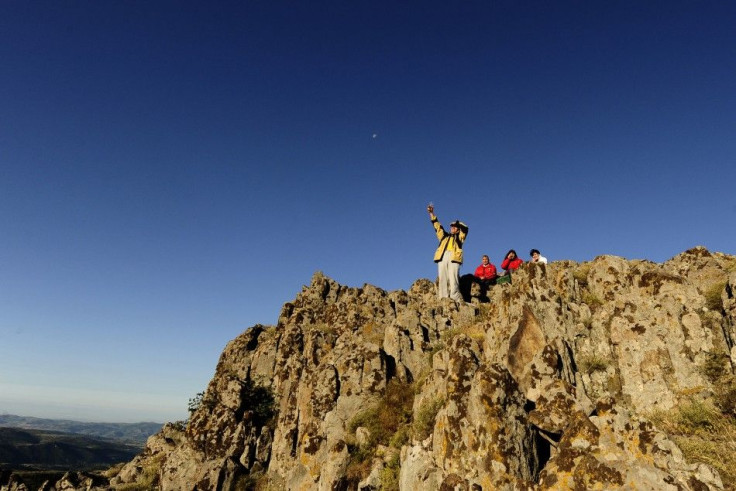Solstice ‘Ring Of Fire’ Eclipse: 2020's June Solstice Is One Of A Kind

KEY POINTS
- A rare solstice annular solar eclipse is happening this weekend
- This will only happen two times this century, the next being in 2039
- The June solstice will mark the first day of summer
The June solstice will mark the beginning of summer in the Northern Hemisphere, and this year's solstice falls just hours before an annular solar eclipse. This rare solstice annular solar eclipse will only happen twice in this century.
On Saturday, those in the Northern hemisphere will experience the longest day of the year in terms of daylight, while those in the Southern Hemisphere will experience the shortest day of the year. The June solstice happens at the same time all over the world, and, in 2020, the exact moment the Sun is directly overhead the Tropic of Cancer will be June 20 at 9.43 p.m. UTC (5.43 p.m. ET).
This event happens every year, typically on June 20, 21 or 22, with solstices on the third day being the rarest. In fact, the last time a June 22 solstice occurred was in 1975 and the next one will be in 2203.
However, this year's June solstice is particularly unique as it will coincide with the annular solar eclipse. Specifically, the annular solar eclipse will peak at 6.40 a.m. UTC (2.40 a.m. ET) on June 21, just about nine hours after the Earth's north pole reaches its maximum tilt toward the Sun, marking the June solstice.
The reason why the annular solar eclipse is also called the "ring of fire" eclipse is because the moon is too far to cover the entire Sun, due to which, it leaves a ring of light around its shadow when it covers the Sun.
In many time zones, these two celestial events will happen on the same day. For instance, in India, the solstice will occur at 3.13 a.m. IST (5.43 p.m. ET, June 20) on June 21 and the eclipse will be visible later the same day at 12.10 p.m. IST (2.40 a.m. ET).
According to TimeandDate.com, this rare solstice annular solar eclipse will only happen twice this century, with the next and only other one set to occur on June 21, 2039.
Although only certain parts of the world, including parts of Africa and Asia, will witness the rare event live, people in other parts of the world can also watch it via livestreams.

To be clear, even if the solstice is considered to be the longest day of the year in terms of daylight, it is not typically the hottest day of the year. Although temperatures have been summer-like in the past few weeks, after the solstice, people in many parts of the United States can expect the weather to be hotter.
In fact, July is almost always considered to be the hottest month of the year in most locations, with the Climate Prediction Center forecasting warmer-than-usual temperatures for most of the U.S. through August.
© Copyright IBTimes 2025. All rights reserved.






















